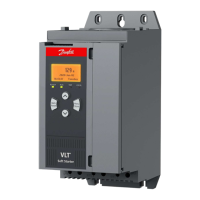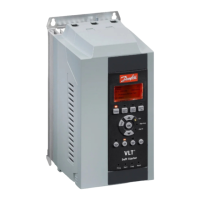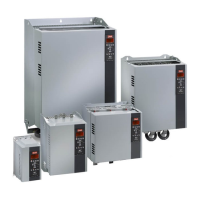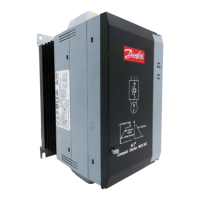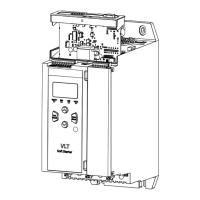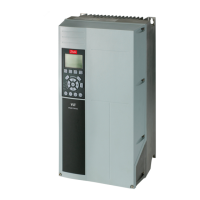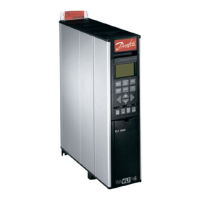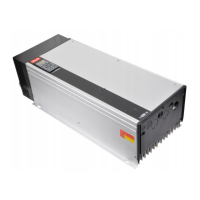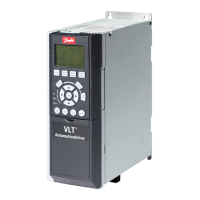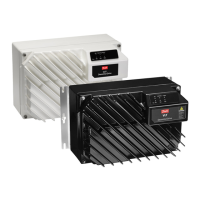-
-
-
Adaptive control is ideal for pumping applications where it can minimize the damaging effects of fluid hammer. Test the 3 profiles
to identify the best profile for the application.
High-head systems where even a small decrease in motor/pump speed results in a rapid transition be-
tween forward flow and reverse flow.
Low to medium head, high-flow applications where the fluid has high momentum.
Open pump systems where fluid must drain back through the pump without driving the pump in re-
verse.
9.9.4 DC Brake
A brake reduces the time required to stop the motor.
During braking, an increased noise level from the motor may be audible. This is a normal part of motor braking.
N O T I C E
When using DC brake, the mains supply must be connected to the soft starter (input terminals L1, L2, and L3) in positive phase
sequence.
N O T I C E
MOTOR DAMAGE
If the brake torque setting is too high, the motor stops before the end of the brake time and the motor suffers unnecessary heat-
ing, which could result in damage. A high brake torque setting can also result in peak currents up to motor DOL being drawn
while the motor is stopping.
Careful configuration is required to ensure safe operation of the soft starter and the motor.
Ensure that protection fuses installed in the motor branch circuit are selected appropriately.
N O T I C E
RISK OF OVERHEATING
Brake operation causes the motor to heat faster than the rate calculated by the motor thermal model.
Install a motor thermistor or allow sufficient restart delay (set in parameter 5-16 Restart Delay).
Illustration 36: Example of Brake Time
AQ262141844215en-000401 / 175R117468 | Danfoss A/S © 2020.12
Operation
VLT® Soft Starter MCD 600
Operating Guide
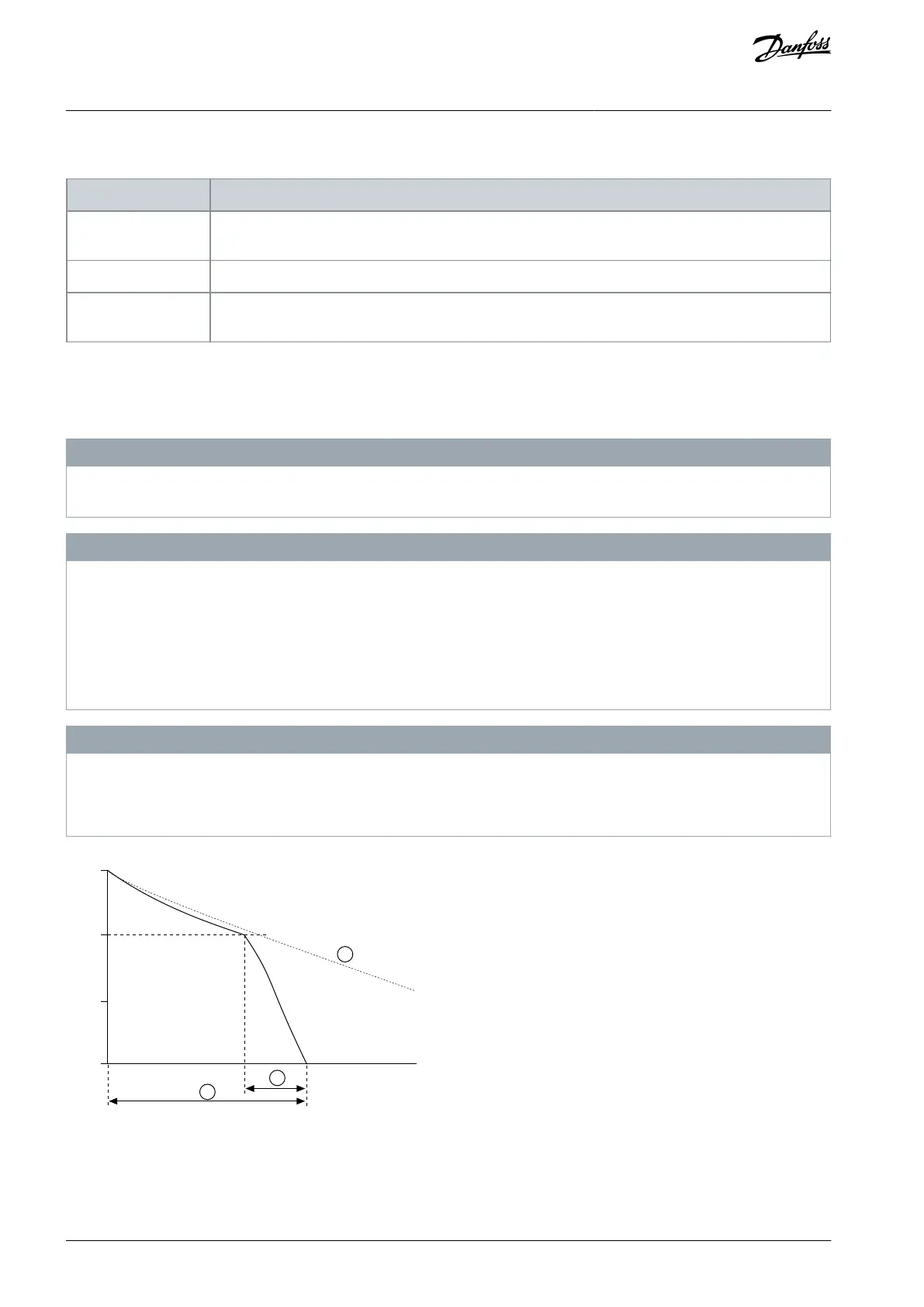